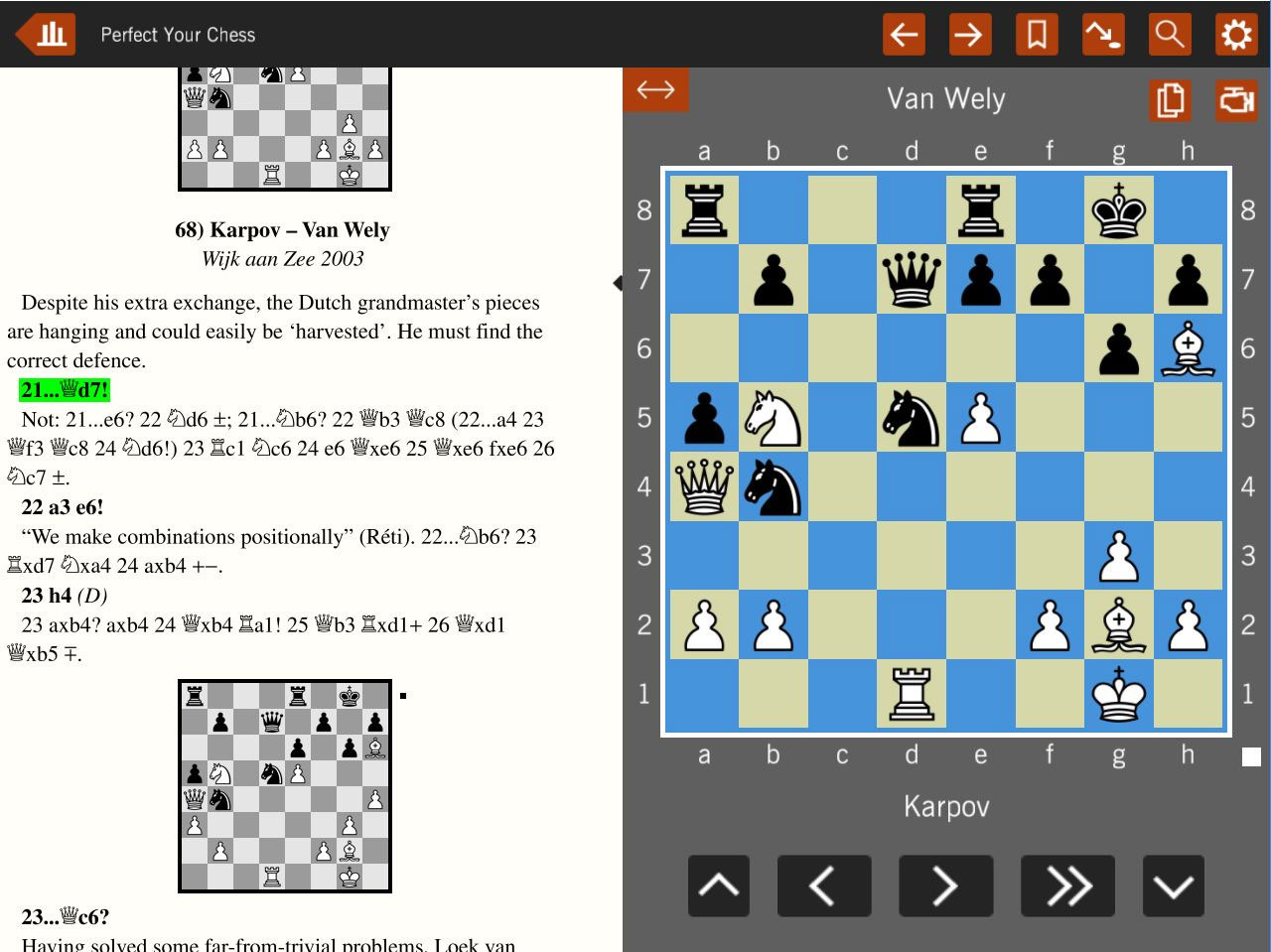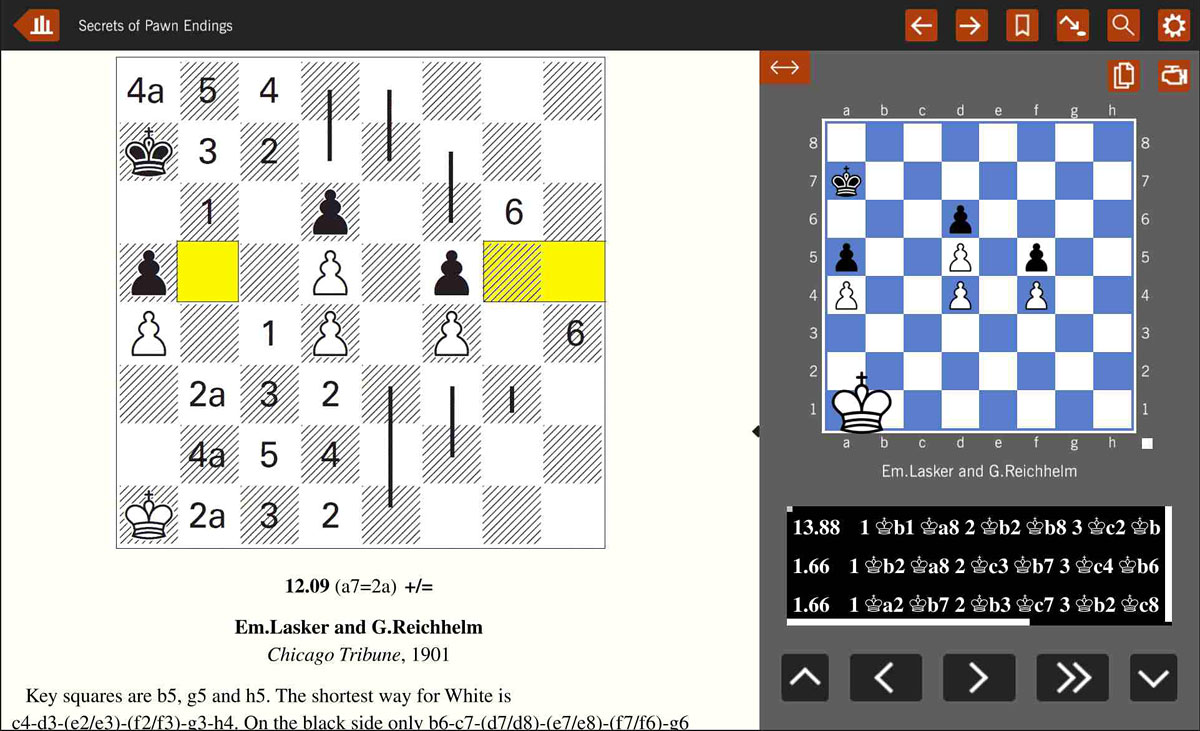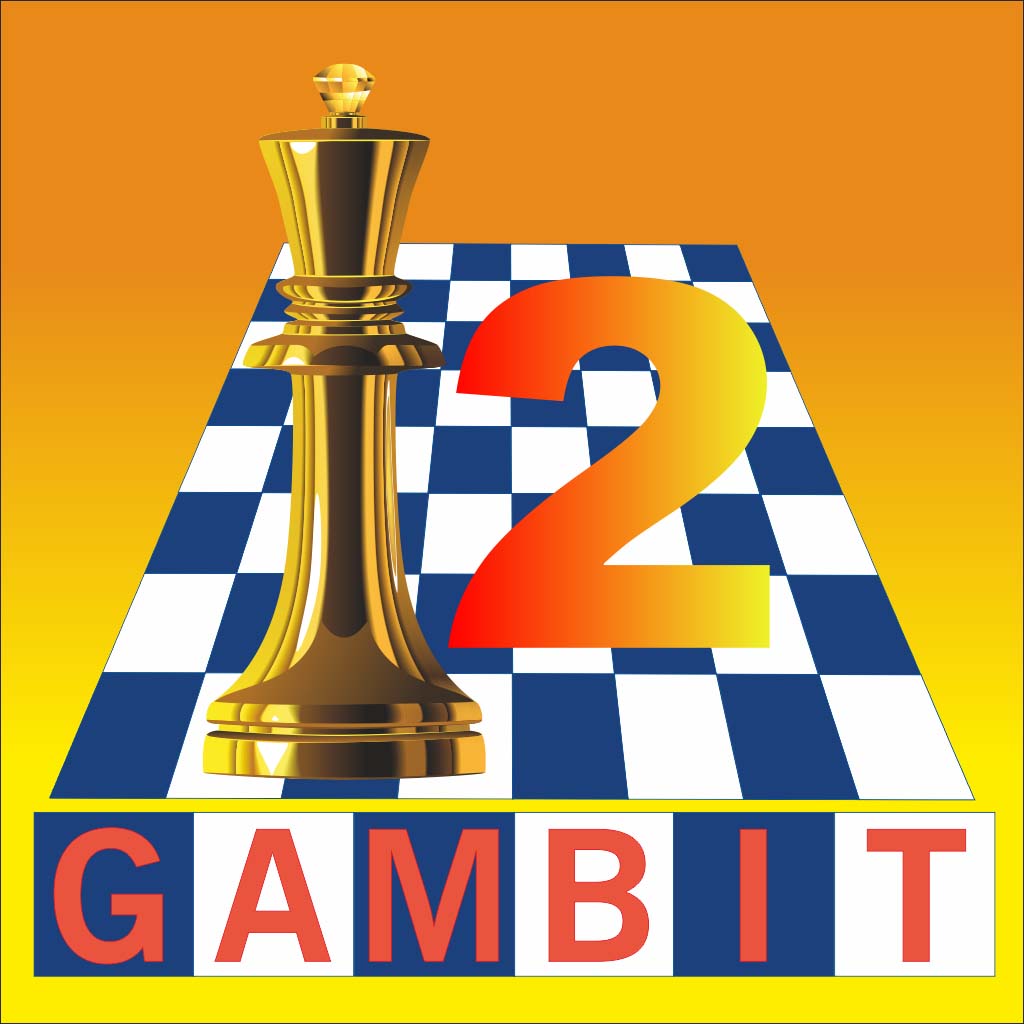


Evans Gambit for the new generation
The Evans Gambit is an attempt to destroy Black in gambit fashion straight out of the opening. Featuring games of old, and numerous new and exciting ideas, this DVD will give you a genuine and more exciting way of playing the Giuoco Piano.
The Evans Gambit is an imaginative gambit invented in the 1820s by Captain Evans (1790-1872) and was for decades White’s most direct attacking line in the Giuoco Piano. It arises after the moves 1.e4 e5 2.Nf3 Nc6 3.Bc4 Bc5 4.b4!?
You can move the pieces in all diagrams!
Despite occasional claims that it has been ‘refuted’, it remains a dangerous weapon, especially at club level and even occasionally at higher levels. It has been played by many of the 19th-century greats and in modern times by Kasparov, Morozevich, Nakamura, Short and last (and in this case least) by myself. Given the current interest in playing 3.Bc4 as a means of avoiding the Berlin Defence in the Ruy Lopez, it could be that we will be seeing more of this venerable opening in the future.
The Gambit may be declined by 4...Bb6, but this is not critical. E.g. 5.a4 a6 6.c3 Nf6 7.d3
After this we get a slightly improved version of one of the normal lines which arise after 1.e4 e5 2.Nf3 Nc6 3.Bc4 Bc5 4.d3.
Assuming Black accepts the Gambit, the key branching point arises after 4...Bxb4 5.c3 (in the first diagram), and here Black has a choice between three main moves.
The first line, often played at the club level, is 5...Bc5, when White continues 6 d4 exd4 7 0-0!. While the engines may give this position as being roughly level, in practice White has achieved a good score. For the two pawns, he has a substantial lead in development and Black is still two moves away from castling. The greedy 7...dxc3? is just bad after 8 Bxf7+! Kxf7 9 Qd5+, so Black should return one pawn by 7...d6 8 cxd4 Bb6.
Has the Evans Gambit been refuted in this year of 2008? Not according to Nigel Short and the many other strong Grandmasters that you will see on this DVD. In fact,the Evans Gambit is ideal as a weapon for all players who wish to learn the art of attack or simply want to improve their results! At the cost of a pawn White often gets complete domination of the centre or an assault against Black’s King. Lines are quickly opened and a rapid defeat for Black is possible. Using games old and new, IM Andrew Martin assesses the state of play as it stands today. By learning and using the Evans Gambit you will be developing your attacking skills!
Play 9 Nc3 against an engine of your choice — following the advice of the GM John Nunn
This is a good position to try out against the engine. It’s not easy for Black to develop smoothly, since 9...Nf6?! is powerfully met by 10.e5!. If Black kicks the bishop by ...Na5, it will generally drop back to d3. There’s often no need for White to launch a quick attack, since his strong centre provides cover for a gradual build-up. The bishop on b6 is poorly placed for defending Black’s kingside, so that when White finally launches an attack Black may find it hard to counter.
Note that in the above player you can practice what the grandmaster has told you in his text commentary. You can pick an electronic opponent that matches your playing strength, and try alternate continuations from the given position. You have buttons for a number of functions: (from left to right) New game, Take back move, Play move forwards, Play now, Get hint, Very weak opponent, Serious amateur, Club player, Master, Switch colours, analyse with a chess engine. You can change sides by taking back an opponent's move and playing a different one yourself.

Choose an opponent to match your playing strength and try your luck with the Evans Gambit
This is a good way to prepare for your next beach game, a more serious encounter, your next club tournament, or the international GM event.
The second line is 5...Be7 6.d4 Na5, which aims to return the pawn for equality after 7.Nxe5 Nxc4 8.Nxc4 d5, but White can try Kasparov’s move 7.Be2, which he used to win a miniature against Anand in 1995. This is also a good position to test out, one key point being that after the obvious 7...exd4 White should recapture by 8.Qxd4. Then 8...Nf6 9.e5 Nc6 10.Qh4 Nd5 11.Qg3 gives White fair play for the pawn since now Black has to play a slightly unpleasant move such as 11...Kf8 or 11...g6 if he wants to avoid returning material.
Try 7.Be2 here against an engine of your choice
The final line is 5...Ba5 6.d4. Here again, you should try your skills against the engine. One line is 6...d6 7.Qb3 Qd7, and now I prefer 8.0-0 Bb6 9.Nbd2 to the other ideas, after which I feel that White has enough for the pawn, although possibly no more. However, in practice minor differences of 0.1 or 0.2 of a pawn often don’t mean very much except at very high levels; in a sharp position, the player with the better knowledge of the position generally has good chances. Black’s other possibility is 6...exd4, when one critical line is 7.0-0 Nge7 8.cxd4 d5 9.exd5 Nxd5. Here the untested 10.Bg5 Qd6 11.Nbd2 looks fully playable.
Try 6 d4 against an engine of your choice — following the advice of the GM
The Evans Gambit gives rise to a host of interesting lines. Even Black’s best lines are evaluated as more or less equal by engines, and while White cannot guarantee an advantage there is plenty of scope for a well-prepared opponent to create difficulties.
![]() John Nunn is a director of Gambit Publications, a leading chess book publisher. They have just released Chess Studio 2, a thoroughly redesigned, rewritten and updated version of Gambit’s enhanced chess e-book reader, available for Android and Apple mobile devices.
John Nunn is a director of Gambit Publications, a leading chess book publisher. They have just released Chess Studio 2, a thoroughly redesigned, rewritten and updated version of Gambit’s enhanced chess e-book reader, available for Android and Apple mobile devices.

New features include:
• Display options include a resizable live board and colour schemes
• More flexible ways to play over the chess moves on the live board
• Portrait and landscape mode
• Enter moves on the live board
• Create your own named bookmarks
• Tested with a wide range of tablets, phones and emulators
• New free sampler
• Improved bookstore functions
• Powerful analysis engine

 All new books from Gambit are available immediately on the Chess Studio app, together with more than 100 backlist titles, and over 20 in German language. You don’t need a set or board – see all the positions and play all the moves just by tapping on the screen. The app is free – try before you buy! The books available are suitable for all ages and cover all aspects of chess – openings, tactics, strategy, endgames and more. They range from our bestselling kids books to specialist titles for experts and masters. Prices range from $4.99 to $14.99, and once you’ve bought a book, you can read it on all your compatible devices. A whole chess library in the palm of your hand!
All new books from Gambit are available immediately on the Chess Studio app, together with more than 100 backlist titles, and over 20 in German language. You don’t need a set or board – see all the positions and play all the moves just by tapping on the screen. The app is free – try before you buy! The books available are suitable for all ages and cover all aspects of chess – openings, tactics, strategy, endgames and more. They range from our bestselling kids books to specialist titles for experts and masters. Prices range from $4.99 to $14.99, and once you’ve bought a book, you can read it on all your compatible devices. A whole chess library in the palm of your hand!
More information about Gambit Chess Studio 2: